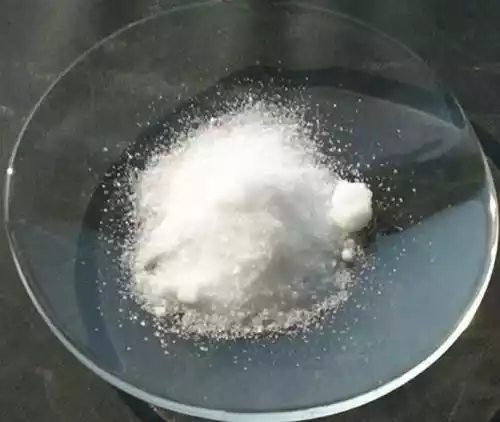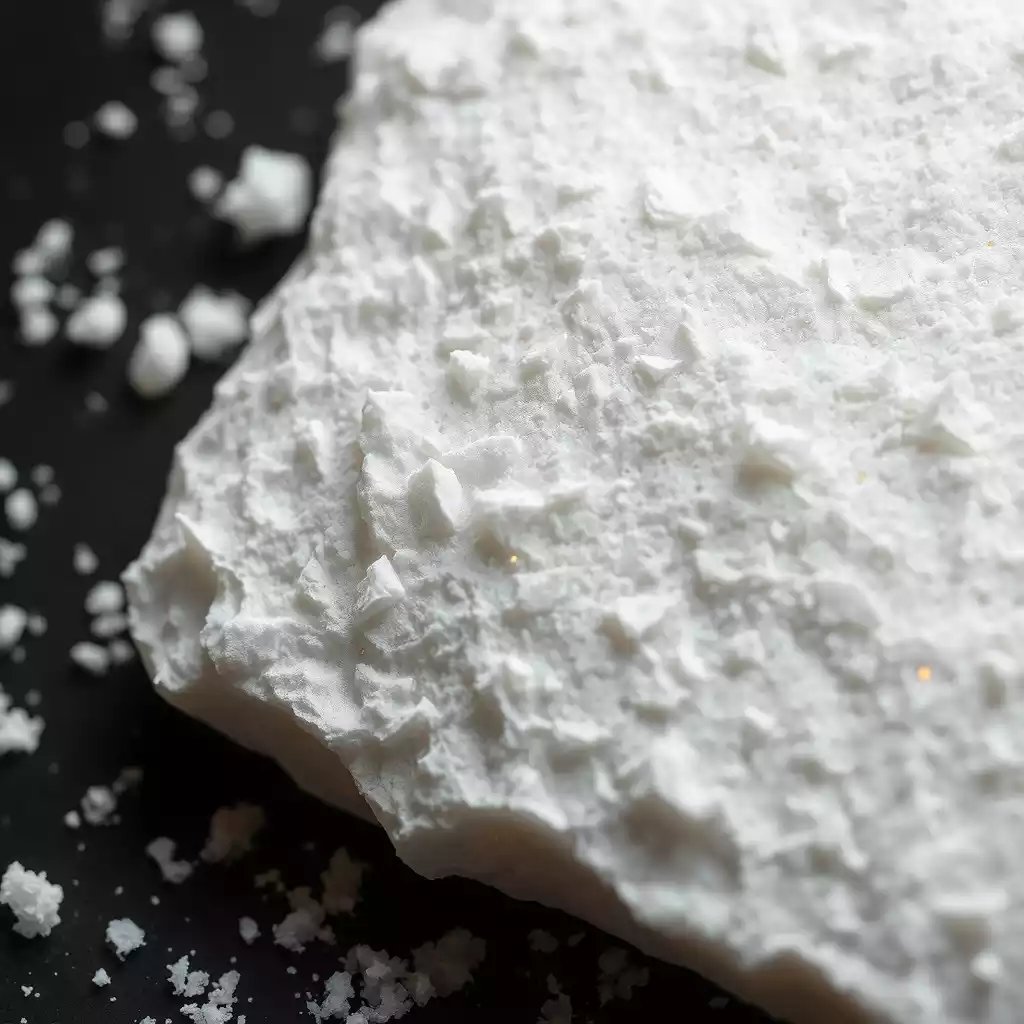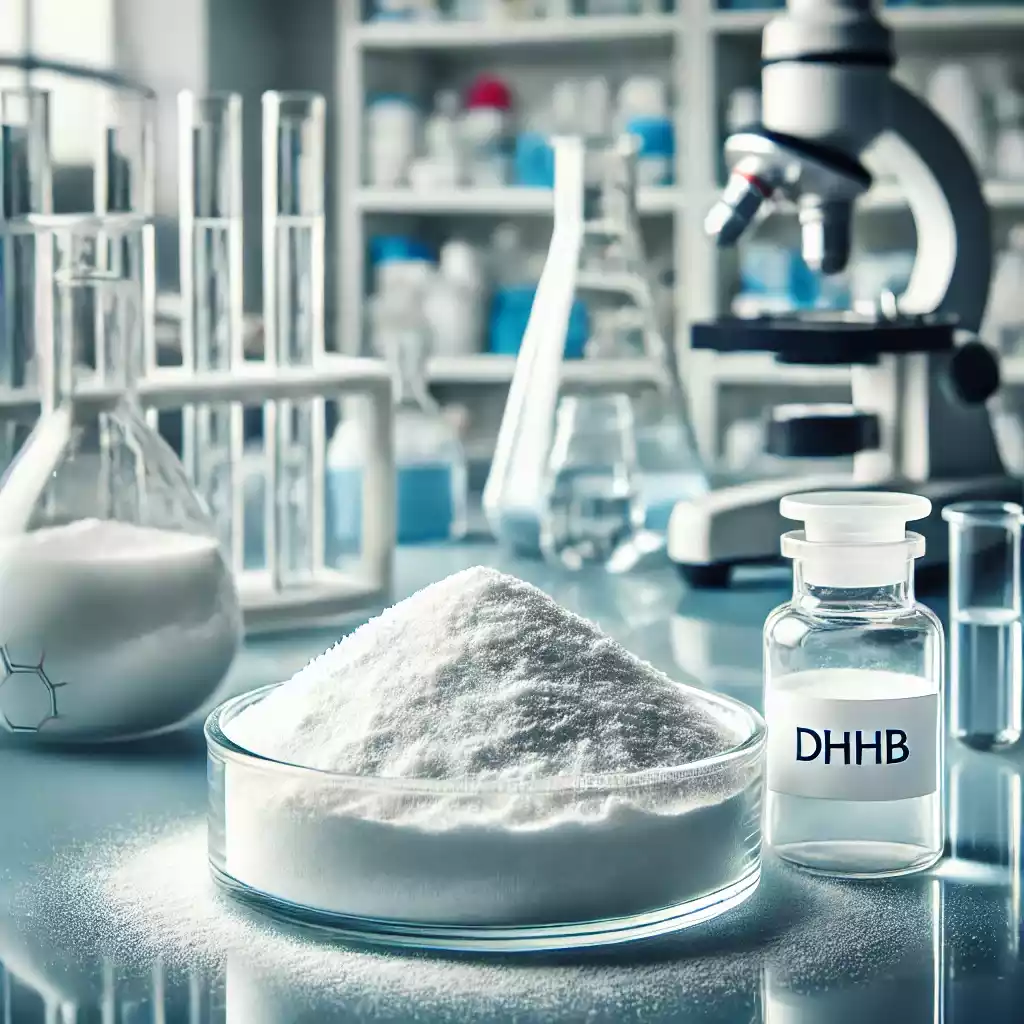![]()

What is Aluminium Nitrate Nonahydrate Used For?
What is Aluminium Nitrate Nonahydrate used for? This question frequently arises in industries where chemical compounds play essential roles in diverse applications. Aluminium nitrate nonahydrate (Al(NO₃)₃·9H₂O), a highly soluble salt, has distinct properties making it valuable across several fields. This compound appears as a white, crystalline substance and is particularly significant in research, industrial manufacturing, and chemical synthesis.
Table of Contents
Overview of Aluminium Nitrate Nonahydrate
Aluminium nitrate nonahydrate is a chemical compound composed of aluminum, nitrogen, and oxygen, with nine water molecules associated with each formula unit. This chemical has a unique set of properties:
- Highly soluble in water: Its solubility makes it easy to incorporate into aqueous solutions for various chemical reactions.
- Hygroscopic nature: Aluminium nitrate nonahydrate absorbs moisture from the air, adding versatility to its applications.
- Moderate acidity: This characteristic allows it to act as a pH adjuster in various processes.
Industries benefit from these properties in several ways, leveraging the compound in diverse applications such as textile manufacturing, water treatment, and catalysis. Aluminium nitrate nonahydrate is also used to prepare other aluminium-based compounds, making it an essential reagent in the chemical industry.

Key Industrial Uses of Aluminium Nitrate Nonahydrate
1. Textile Manufacturing and Dyeing
In the textile industry, aluminium nitrate nonahydrate is used to enhance dyeing processes and improve dye absorption on fabrics. Due to its solubility, it mixes well with dye solutions, facilitating uniform color distribution across textiles. By adjusting the pH, aluminium nitrate nonahydrate allows for more controlled dye adherence, producing high-quality, durable color in fabrics.
2. Catalysis in Chemical Reactions
Aluminium nitrate nonahydrate serves as an effective catalyst in various chemical reactions. Catalysts are essential for accelerating reactions, reducing the energy required for certain processes, and improving efficiency in industrial production. This compound is particularly useful in the synthesis of organic compounds and polymer production, where it enhances reaction rates without altering the final product.

3. Synthesis of Other Aluminium Compounds
One of the primary applications of aluminium nitrate nonahydrate is its use as a precursor for other aluminium compounds. By using this nonahydrate form, manufacturers can produce various aluminium salts and derivatives necessary for applications in ceramics, semiconductors, and metal coatings. For example, aluminium oxide (Al₂O₃) can be derived from aluminium nitrate nonahydrate and used extensively in ceramics and electronic devices for its thermal stability.
Explore more related compounds in our Rare Earth Products, including options beneficial for similar applications in electronics and advanced materials.
Aluminium Nitrate Nonahydrate in Water Treatment
Aluminium nitrate nonahydrate is beneficial in water treatment processes as a flocculating agent. Flocculation involves binding particles together to form larger aggregates, which are easier to filter out of water. In water treatment facilities, aluminium nitrate nonahydrate helps remove impurities, sediment, and organic matter from water sources, contributing to cleaner and safer water for various uses.
For industries that rely on high-quality water sources, including those working with Catalyst Raw Material, aluminium nitrate nonahydrate proves invaluable for ensuring safe, regulated water quality.
Role in Fireworks and Pyrotechnics
Another unique application of aluminium nitrate nonahydrate is in pyrotechnics and fireworks manufacturing. Due to its oxidizing properties, this compound provides oxygen to fuel chemical reactions within fireworks. When combined with other substances, aluminium nitrate nonahydrate helps produce vibrant colors and controlled explosive effects, adding to the visual spectacle of pyrotechnic displays.
For companies interested in similar chemical compounds for specialized applications, our Abrasive and Refractory Materials offer options that can withstand high temperatures and harsh conditions.
Laboratory and Research Applications
In scientific research, aluminium nitrate nonahydrate finds extensive use in laboratories and educational settings. Its solubility and reactivity make it an excellent compound for demonstrating chemical reactions, synthesis techniques, and laboratory analysis. It is frequently employed as a reagent in analytical chemistry and research on new materials and compounds. Laboratories requiring reliable and consistent compounds may also explore our offerings in Daily Chemical Raw Materials, which support various experimental needs.

Environmental Impact and Safety Considerations
Aluminium nitrate nonahydrate, while versatile and effective, must be handled with care due to its oxidizing nature. In industrial and laboratory settings, it is essential to adhere to strict safety guidelines to minimize environmental impact and ensure safe use. Its effects on water and air quality require users to employ proper disposal and storage techniques, protecting both workers and the environment.
Honrel’s commitment to quality ensures that our aluminium nitrate nonahydrate and other chemical raw materials are supplied with detailed handling instructions, allowing clients to manage safety requirements effectively.
Comparison of Aluminium Nitrate Nonahydrate with Similar Compounds
Aluminium nitrate nonahydrate has unique properties that distinguish it from other aluminium compounds. Here is a comparison table highlighting its primary uses and characteristics:
| Property | Aluminium Nitrate Nonahydrate | Aluminium Sulfate | Aluminium Chloride |
|---|---|---|---|
| Primary Use | Catalyst, Water Treatment | Water Purification | Chemical Reactions |
| Solubility | Highly Soluble | Moderate | Low |
| Hygroscopic Nature | Yes | Yes | No |
| Oxidizing Properties | Strong | Moderate | Low |
| Applications in Industry | Catalysis, Dyeing, Pyrotechnics | Water Treatment | Pharmaceuticals |
| Thermal Stability | Moderate | High | Low |
This table underscores the advantages of aluminium nitrate nonahydrate in catalysis, dyeing, and other industrial applications due to its high solubility and oxidizing capabilities.
Frequently Asked Questions (FAQ)
Q1: What is Aluminium Nitrate Nonahydrate used for?
A: It is commonly used in textile dyeing, catalysis, water treatment, and the synthesis of other aluminium compounds.
Q2: Is Aluminium Nitrate Nonahydrate safe to use in laboratories?
A: Yes, when handled properly. Due to its oxidizing nature, safety protocols should be followed, including using protective equipment.
Q3: Can Aluminium Nitrate Nonahydrate be used in water treatment?
A: Yes, it serves as an effective flocculating agent, helping to aggregate and remove impurities from water sources.
Q4: Does Honrel offer bulk purchase options for aluminium nitrate nonahydrate?
A: Absolutely. Honrel provides bulk options, ensuring cost-effectiveness for large-scale industrial needs.
Q5: Are there alternatives to Aluminium Nitrate Nonahydrate for similar applications?
A: While alternatives exist, aluminium nitrate nonahydrate’s solubility and effectiveness as a catalyst make it a preferred choice for many applications.
Conclusion
Aluminium nitrate nonahydrate is a versatile compound with numerous industrial applications, from catalysis and textile dyeing to water treatment and fireworks production. Its chemical properties make it highly sought after in industries requiring reliable and consistent materials. At Honrel, we are committed to supplying high-quality aluminium nitrate nonahydrate to meet diverse industrial needs, providing exceptional product support and global distribution capabilities.
For companies seeking reliable sources of aluminium nitrate nonahydrate or other essential chemical raw materials, Honrel remains a top choice. Whether for large-scale manufacturing or research applications, we offer a comprehensive selection, including Catalyst Raw Material and Rare Earth Products, tailored to industry demands.




